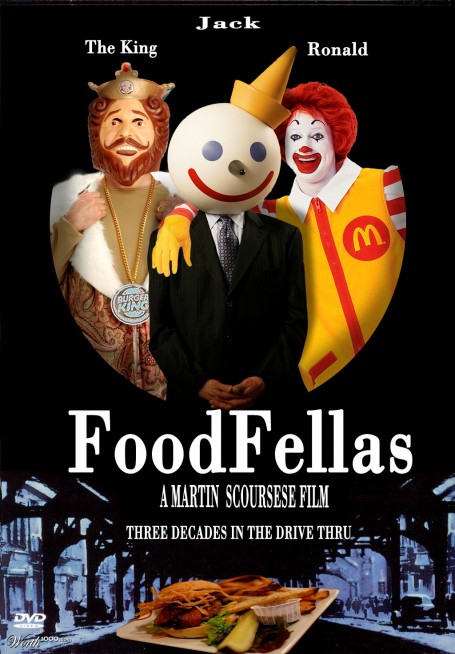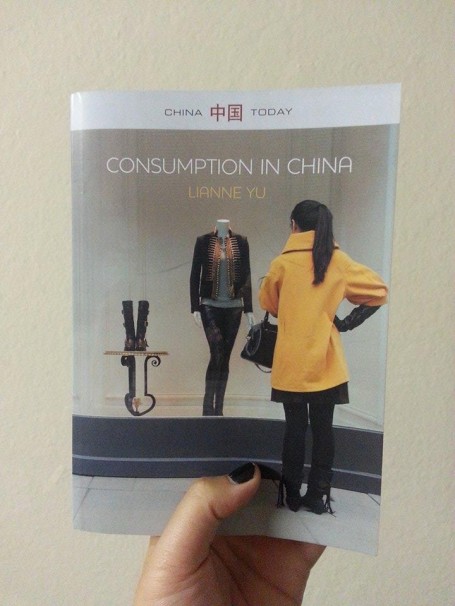By: Alice Kim and Chris Carpenter
As our two-week study session on USC campus is halfway done, we are excited to take what we’ve learned in the classroom and apply it to our explorations in China. For the past week, we’ve met up for 3 hours every morning from 9am-12pm in Von Kleinsmid Center (VKC) to learn more about the history and emergence of China as a superpower in the international community, the result of dynamic changes in social, economic, and political spheres, and enforcement of strict government policies such as the one child policy. All of us are extremely enthusiastic and passionate about learning more of China’s history and are amazed at the speed and intensity of growth within the past forty years. We all come from different backgrounds and majors, such as business, art history, and cinematic arts, but are connected through our desire to learn, dissect, and predict the economic changes of the world’s most populated nation.
The classroom schedule goes as follows: roughly two hours of announcements, answering questions about the overseas trip, and lectures and another hour of discussion on the assigned articles and books we’ve read. Our class was able to read several anecdotes and scholarly papers to gain knowledge about the past and presently changing consumer cultures in Beijing and Shanghai. Our main course readings come from Lianne Yu’s Consumption in China, a fairly short and easy read that contains 7 chapters. Lianne Yu focuses her attention on the middle and upper-middle classes of consumers in China as they are deemed the most dynamic and receptive of changes in their society. She highlights how conspicuous consumption has dramatically shaped and created various identities among consumers and how communication among neo-tribes, or groups of people affiliated with a common interest, has developed meaningful spaces of consumption and discussion in both the virtual and real worlds. Some chapters included the different lifestyle changes, increase in awareness, and change of status from the previous socialist society to the now capitalistic one.
Our lectures allowed us to receive background information on the formation of the government, different political ideologies, and nationalism in China. We look forward to the next two weeks of information gathering and ad analysis in Beijing, Shanghai, and Kaifeng as well as exploration of these historic and culturally rich landmarks in China.
In structuring our research projects, we’ve had to equally weigh the ideal with the practical. We’re a diverse and passionate group of students who come from divergent areas of academic interest, but the reality of the project (and the key to the best, most solidified thesis) is to consider the in-country field research. Our group has decided to investigate the role of the fast food-style restaurant in China, a transplantation of a Western model to food and service that has taken hold and provided Chinese consumers with new and, as we’ve come to find out, valuable experiences. The strength of our project will be determined by our investigation of available sources and pieces of evidence regarding how the fast food industry has proliferated across Chinese urban spaces. It will be a wealth of information.

Our investigation of the Chinese fast food market will take us deep inside the world of the FoodFellas.
In class we had the opportunity to practice our analytical and critical thinking skills by comparing and assessing two or more images from various advertising campaigns across the Chinese market. Two of the most prevalent brands in the Chinese fast food market – KFC and McDonald’s – are both exports from the United States, but have taken hold and created interesting opportunities for culturization in various forms. Neither are pure, facsimile exports; they consider and employ tactics, images, phrases, and sensibilities that cater to and entice the Chinese consumer. For example, KFC is capitalizing on the Korean wave (Hallyu) that has impacted the consumer markets of East Asian nations, especially China. As seen in the ad below, Korean pop idols and actors are often used as celebrity endorsements to bring awareness of a new product for fast-food restaurants. McDonald’s, on the other hand, utilizes a sense of “foreign-ness” and globalized sensibilities to sell its products. Offerings such as the “Frappe Blend” and “Apple-a-la-Mode” are advertised in a way that makes no attempt to deculturize their Western origins or reculturize to its Asian market; rather, that sense of worldliness is what makes them valuable.

This ad shows two members from the South Korean pop boy group, EXO, posing with the StarPower combo and gift meal for the Chinese KFC’s most recent celebrity endorsement campaign.

This Chinese McDonald’s advertisement uses the phrase “Apple-a-la-Mode,” itself an American phrase of French origin.
Ultimately, we are ecstatic to travel to China with the East Asian Studies Center and the Global East Asia program, and we can’t wait to delve into the world of advertising for fast food restaurants in the Chinese market to come to understand Chinese consumer culture and its relationship to the world a little better.

